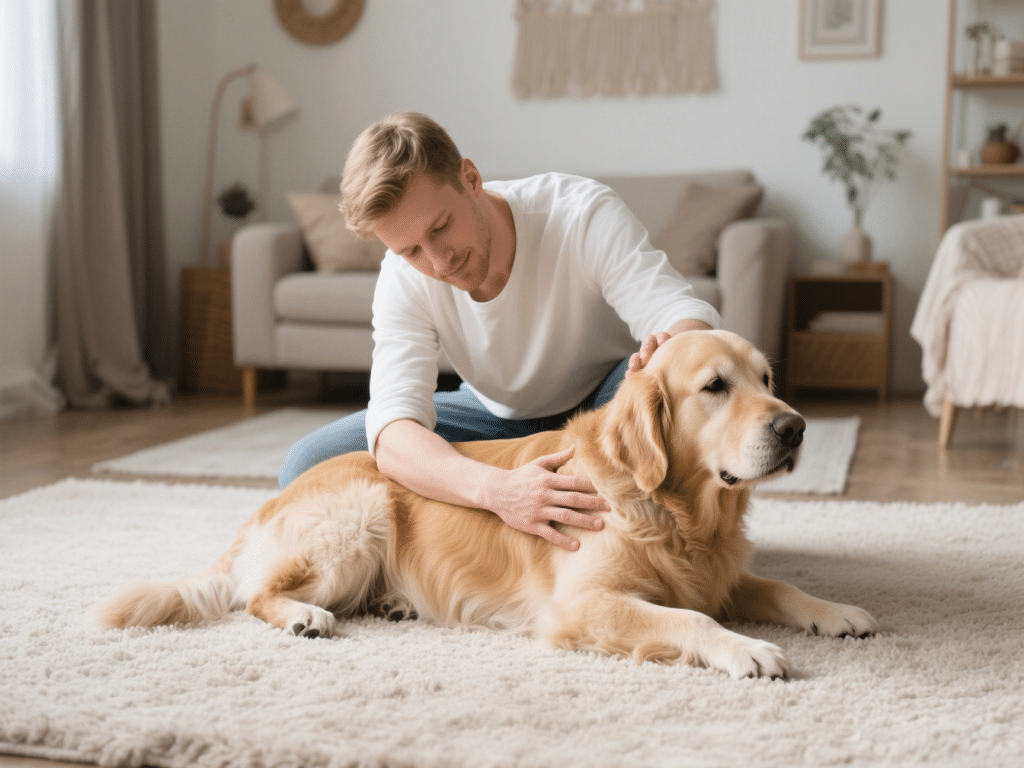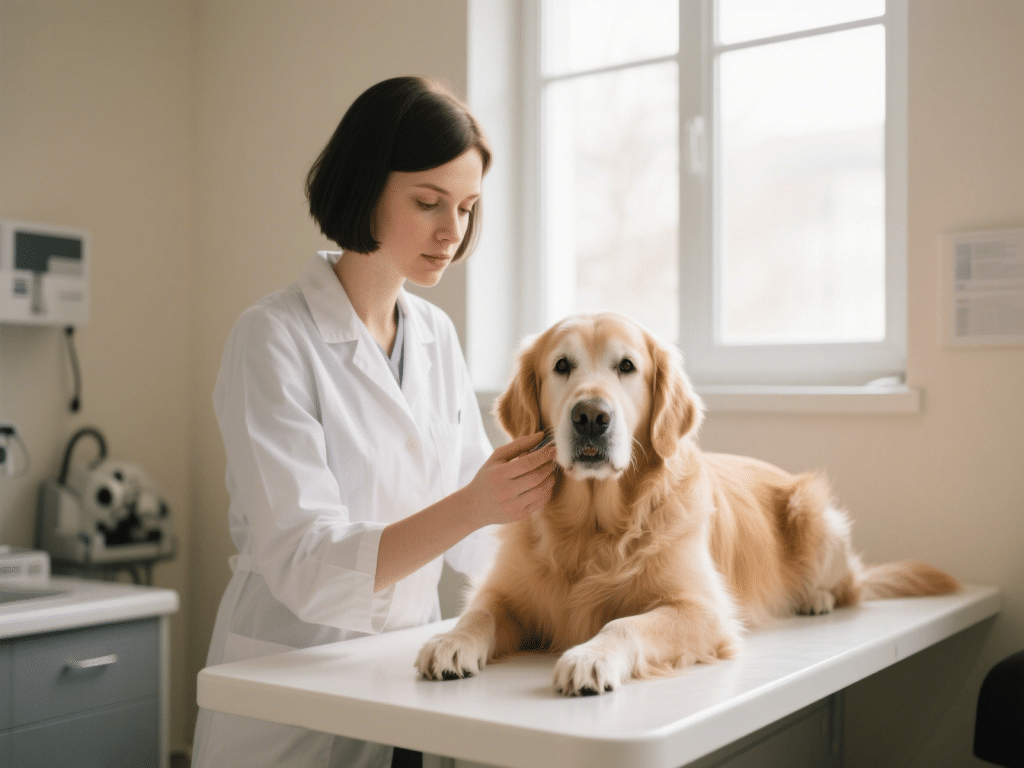Preventing Pet Obesity: How to Keep Your Pet Healthy and Fit
The Silent Epidemic: Understanding Pet Obesity
Over 54% of dogs and cats in developed nations are overweight or obese (Association for Pet Obesity Prevention). This condition reduces lifespan by up to 2.5 years and increases risks for:
Diabetes mellitus
Osteoarthritis
Cardiovascular strain
Hepatic lipidosis (cats)
Heat intolerance
Precision Nutrition: Beyond “Eyeballing” Meals
Calorie Control Protocol:
Calculate RER: Resting Energy Requirement = (30 × body weight in kg) + 70
Activity Multiplier:
Sedentary: × 1.2
Active: × 1.6
Weight Loss: × 0.8
Measure Religiously: Use digital kitchen scales for kibble. For wet food, note calories/can.
Treat Budgeting: Allocate ≤10% daily calories to treats. Substitute with air-popped plain popcorn or steamed green beans.
Commercial Food Pitfalls:
Always verify kcal/cup on manufacturer’s website - values vary significantly between brands
Beware “grain-free” labels often compensating with high-calorie legumes
Metabolic Exercise: Science-Backed Activity Plans
Canine Conditioning:
Interval Walking: 3 minutes moderate pace + 1 minute brisk pace (repeat 5x)
Incline Work: Find 10-15° hills; 5 minutes uphill burns equal to 15 minutes flat terrain
Cognitive Exercises: Food puzzles increase mental exertion by 30% (Journal of Veterinary Behavior)
Feline Fitness Engineering:
Vertical Space Utilization: Install wall shelves creating “superhighways”
Hunt-Feeding: Hide 20-piece kibble portions in 5 locations
Laser Chase Protocol: Always end with tangible reward (toy/treat) to prevent frustration
Veterinary Partnership Essentials
Diagnostic Tools:
Body Condition Scoring (BCS): Learn 9-point scale palpation technique
Morphometric Measurements: Track abdominal girth monthly
Blood Work: Baseline thyroid panel + glucose before weight loss programs
Red Flags Requiring Vet Consult:
Sudden weight gain despite controlled intake
Asymmetric abdominal enlargement
Panting at rest in cats
Sustainable Habit Formation
Environmental Cues: Place food bowls away from resting areas to prevent grazing
Water Enhancement: Install pet water fountains - increased hydration aids satiety
Tech Integration: Use activity monitors like FitBark or Whistle to track trends
Relapse Prevention:
“Weight management isn’t a diet - it’s metabolic rehab,” states Dr. Sarah Weston, DACVIM. Monthly weigh-ins and BCS checks prevent “creeping obesity.” Consider therapeutic foods like Hills Metabolic or Royal Canin Satiety Support for persistent cases.
Commit to 6-month reassessments. Most pets reach ideal weight in 8-12 months with consistent protocols. The reward? Up to 32% fewer vet visits and potentially 2 extra years of shared adventures.
RECOMMENDED NEWS

Multi-Cat Household Deworming: Preventing Parasite Spread
2025-11-02

Pet Massage Basics: Relaxation Techniques for Cats and Dogs
2025-11-02

How to Calm an Anxious Pet During Fireworks or Storms
2025-11-04

Senior Pet Care: Special Considerations for Older Cats and Dogs
2025-11-05

Understanding Pet Behavior: Why Your Pet Does What It Does
2025-11-02

The Science of Pet Aging: How to Care for Senior Pets
2025-11-03
Comments on "Preventing Pet Obesity: How to Keep Your Pet Healthy and Fit" :